Home>Ideas and Tips>Clandestine Comfort Disguising HVAC Systems
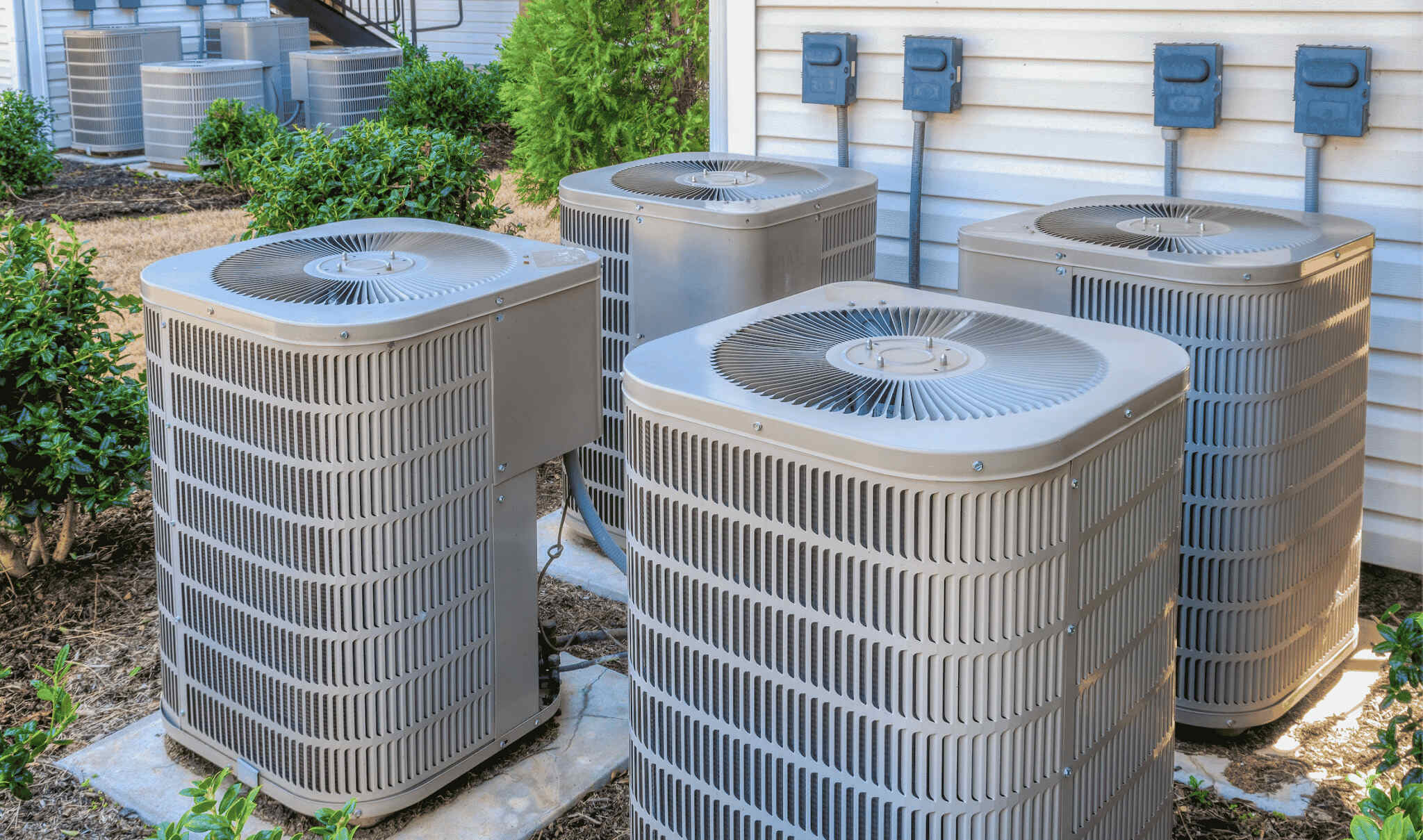

Ideas and Tips
Clandestine Comfort Disguising HVAC Systems
Published: October 20, 2024
Discover the secrets of optimizing HVAC systems for ultimate home comfort and efficiency. Learn about smart controls, zoning, and strategic landscaping.
(Many of the links in this article redirect to a specific reviewed product. Your purchase of these products through affiliate links helps to generate commission for Storables.com, at no extra cost. Learn more)
Introduction
Maintaining a comfortable indoor climate is one of the most critical aspects of home improvement. Heating, Ventilation, and Air Conditioning (HVAC) systems are the backbone of this endeavor, ensuring that your home remains a haven of comfort and efficiency regardless of the external weather conditions. However, the intricacies of HVAC design and maintenance often go unnoticed until issues arise. In this article, we will delve into the world of residential HVAC design, exploring the essential components, advanced strategies, and often-overlooked factors that can significantly impact your home's climate control.
The Basics of Residential HVAC Design
What is Residential HVAC Design?
Residential HVAC design refers to the planning and implementation of heating, ventilation, and air conditioning systems specifically tailored for residential spaces. This involves understanding the unique needs of a home, including its size, insulation levels, window types, and local climate, to ensure that the HVAC system operates efficiently and effectively.
Components of an HVAC System
-
Heating Systems: These include furnaces, boilers, heat pumps, and radiant floor heating systems. Each type has its own advantages and disadvantages, such as energy efficiency, installation costs, and maintenance requirements.
-
Cooling Systems: Air conditioners are the most common cooling solutions for homes. They work by transferring heat from the indoor air to the outdoor environment using refrigerants.
-
Ventilation Systems: Proper ventilation is crucial for maintaining indoor air quality. This can be achieved through mechanical ventilation systems or natural ventilation techniques like opening windows.
-
Air Handling Units (AHUs): These units distribute conditioned air throughout the home while also handling humidity levels.
Importance of Proper Design
A well-designed HVAC system is essential for maintaining a comfortable living environment. It ensures that your home remains cool in the summer and warm in the winter without overworking the system, which can lead to increased energy consumption and higher operational costs.
Read more: What Does An HVAC Installer Do
How to Optimize Residential HVAC Design for Efficiency and Comfort
Comprehensive Load Calculation
The foundation of effective HVAC design lies in a meticulous load calculation. This process involves analyzing various factors such as:
- Square Footage: The total area of the home.
- Insulation Levels: The effectiveness of insulation in retaining heat or cold.
- Window Types: The type and number of windows, which can significantly impact heat gain or loss.
- Local Climate: The average temperature and humidity levels in your area.
By accurately determining these factors, you can determine the exact heating and cooling needs of your space, ensuring that you select the right size of HVAC equipment without over- or under-sizing it.
Avoiding Common Mistakes
An error in load calculation can lead to selecting HVAC equipment that is either too large or too small for the space. This results in inefficiencies, increased energy consumption, and discomfort. For instance, an oversized system might cool the home too quickly but then cycle on and off frequently, wasting energy and potentially causing uneven cooling.
Zoning Systems
Zoning systems revolutionize temperature management by allowing different areas of the home to have individualized settings. This is especially beneficial in houses with varying occupancy patterns or multiple levels, ensuring that each zone is heated or cooled based on its specific needs. For example, you might set the living room to a different temperature than the bedrooms, maximizing comfort while minimizing energy waste.
Smart Controls and Home Automation in Residential HVAC Design
The integration of smart controls and home automation systems into residential HVAC design represents a significant leap forward in how we manage our home environments. These innovative technologies allow homeowners to monitor and control their HVAC systems remotely using smartphones or voice assistants like Alexa or Google Home.
Benefits of Smart Controls
- Energy Efficiency: Smart thermostats can learn your schedule and preferences to optimize heating and cooling times, reducing energy consumption.
- Remote Monitoring: You can check the status of your HVAC system from anywhere, ensuring that it's running efficiently.
- Maintenance Alerts: Some systems can alert you when maintenance is needed, preventing unexpected breakdowns.
Regular Monitoring and Maintenance
Homeowners play a crucial role in HVAC maintenance by monitoring their systems and noting any changes in performance or unusual noises, which can indicate potential issues. Proper maintenance ensures that your living environment remains comfortable, healthy, and energy-efficient.
Understanding Your System
Familiarizing yourself with the basic operation of your HVAC system can help you identify when maintenance is needed and ensure that you’re effectively communicating with service professionals about your system’s needs.
Regular Maintenance Schedule
Adhering to a regular maintenance schedule is key. This includes tasks such as:
- Filter Replacement: Regularly changing air filters ensures that your system operates efficiently.
- Cleaning Coils: Cleaning evaporator and condenser coils helps maintain airflow and prevents overheating.
- Lubrication: Lubricating moving parts reduces wear and tear on components.
- Thermostat Calibration: Ensuring that your thermostat is calibrated correctly ensures accurate temperature control.
Landscaping Considerations Impacting HVAC Efficiency
While mechanical maintenance and energy-efficient equipment are crucial for optimizing HVAC performance, landscaping considerations often go unnoticed but can significantly influence indoor climate control.
Strategic Landscaping
Strategic landscaping can provide natural insulation and shade, lowering the temperature around your home and decreasing the workload on your air conditioning units during sweltering summer months. For instance:
- Strategically Placed Trees: Trees can block direct sunlight, thus reducing heat absorption in your home.
- Hardscape Materials: The choice of hardscape materials like stone or brick can also provide thermal mass properties that help regulate indoor temperatures.
Water Features and Humidity Control
Water features like ponds, fountains, and waterfalls can introduce moisture into the air, modifying local humidity levels which can affect HVAC performance. While water features can cool the surrounding air through evaporation, excessive humidity can strain your HVAC system by requiring it to work harder to remove moisture from the air.
Read more: How To Be A Good HVAC Technician
Balancing Humidity Levels
To maximize benefits while mitigating potential downsides, it's essential to balance humidity levels around water features. This includes:
- Proper Placement: Ensuring that water features are placed in a way that doesn’t create undesired blockages or obstruct air intakes.
- Insufficient Drainage: Proper drainage is crucial to prevent problems like mold growth and structural issues.
The Troubled History of Air Conditioning
Air conditioning has come a long way since its invention in 1928 with Freon. Initially hailed as a “miracle” for making modernist skyscrapers possible and living in deserts feasible, it quickly transitioned from a luxury to a necessity. By 1980, more than half of all U.S. homes were air-conditioned.
However, this widespread adoption has also led to significant environmental concerns. Individual air conditioning units contribute to urban heat islands by making surrounding microclimates hotter, sometimes by as much as 10°F. Moreover, exposure to constant air conditioning can prevent our bodies from acclimatizing to hot weather, making us more vulnerable to heat-related illnesses.
Focusing on Public Cooling
The troubled history of air conditioning suggests that we should focus on public cooling rather than individual cooling. Ensuring that the most vulnerable among us can keep cool through better access to public cooling centers, shade-giving trees, safe green spaces, water infrastructure for cooling, and smart design will not only enrich our cities but also lower temperatures for everyone.
Conclusion
Maintaining a comfortable indoor climate is not just about installing an HVAC system; it's about understanding its intricacies and optimizing its performance through proper design and maintenance. By integrating smart controls and home automation systems into residential HVAC design while also considering landscaping factors like strategic placement of trees and water features' impact on humidity levels—homeowners can create a harmonious relationship between their landscape and HVAC system.
In conclusion:
- Comprehensive Load Calculation: Ensure accurate determination of heating/cooling needs.
- Regular Monitoring & Maintenance: Regularly check filters/coils/lubrication levels.
- Smart Controls & Home Automation: Utilize smart thermostats for energy efficiency.
- Strategic Landscaping: Use natural insulation/shade provided by trees/hardscapes.
- Balanced Humidity Levels: Manage water feature placement/drainage effectively.
By adhering to these guidelines, you'll unlock the secrets of HVAC design transforming your home into a haven of comfort efficiency while also contributing positively towards environmental sustainability.
Was this page helpful?
At Storables.com, we guarantee accurate and reliable information. Our content, validated by Expert Board Contributors, is crafted following stringent Editorial Policies. We're committed to providing you with well-researched, expert-backed insights for all your informational needs.
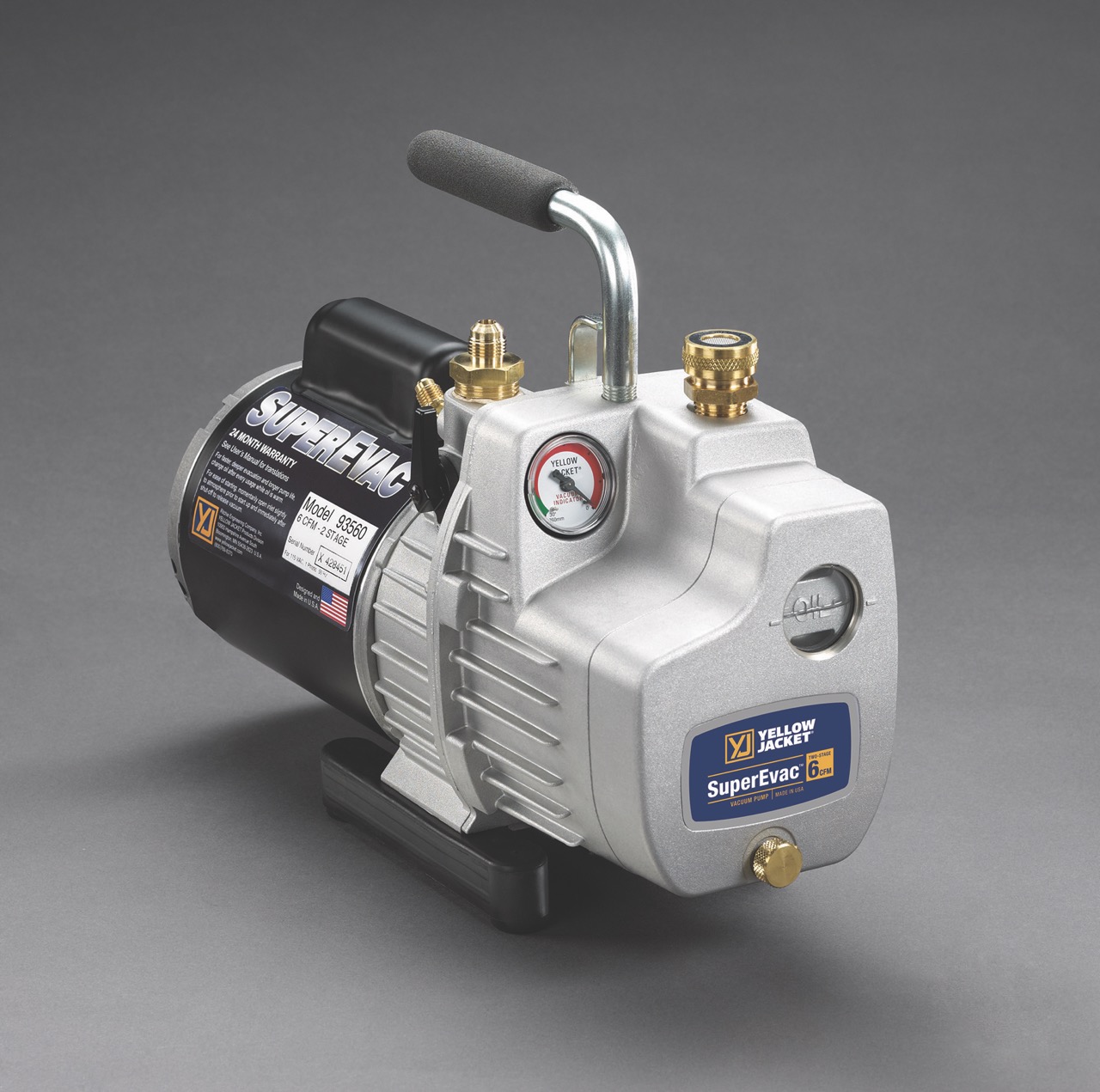
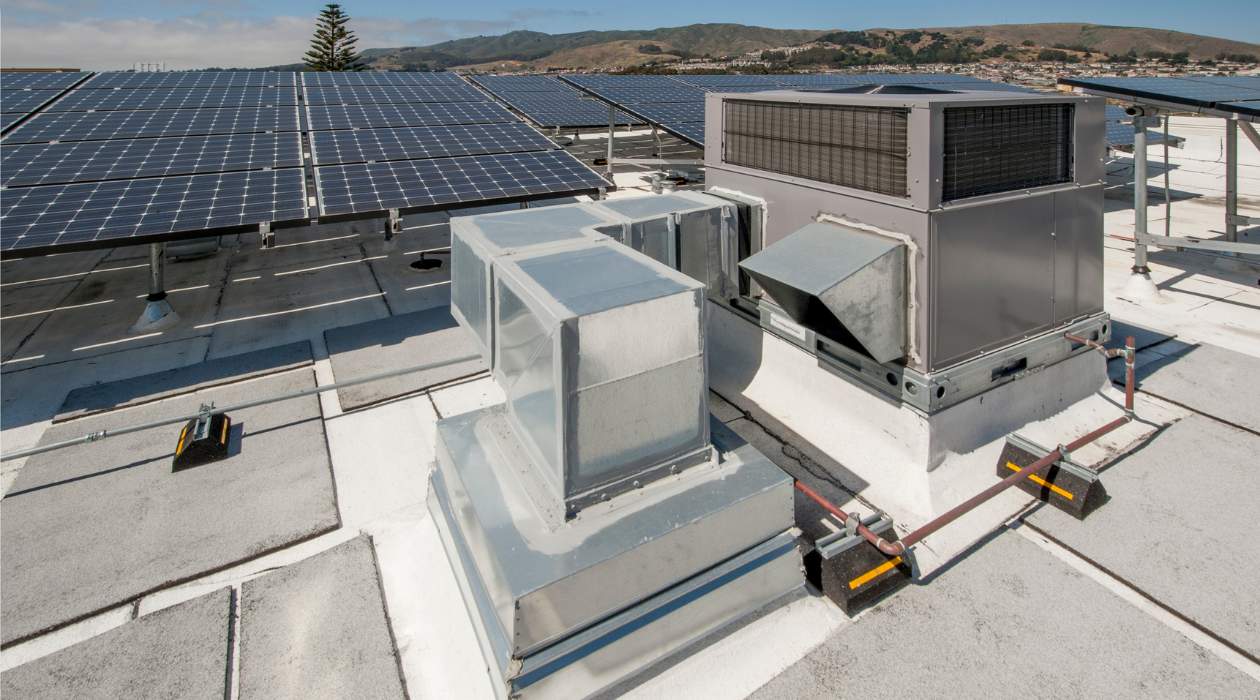
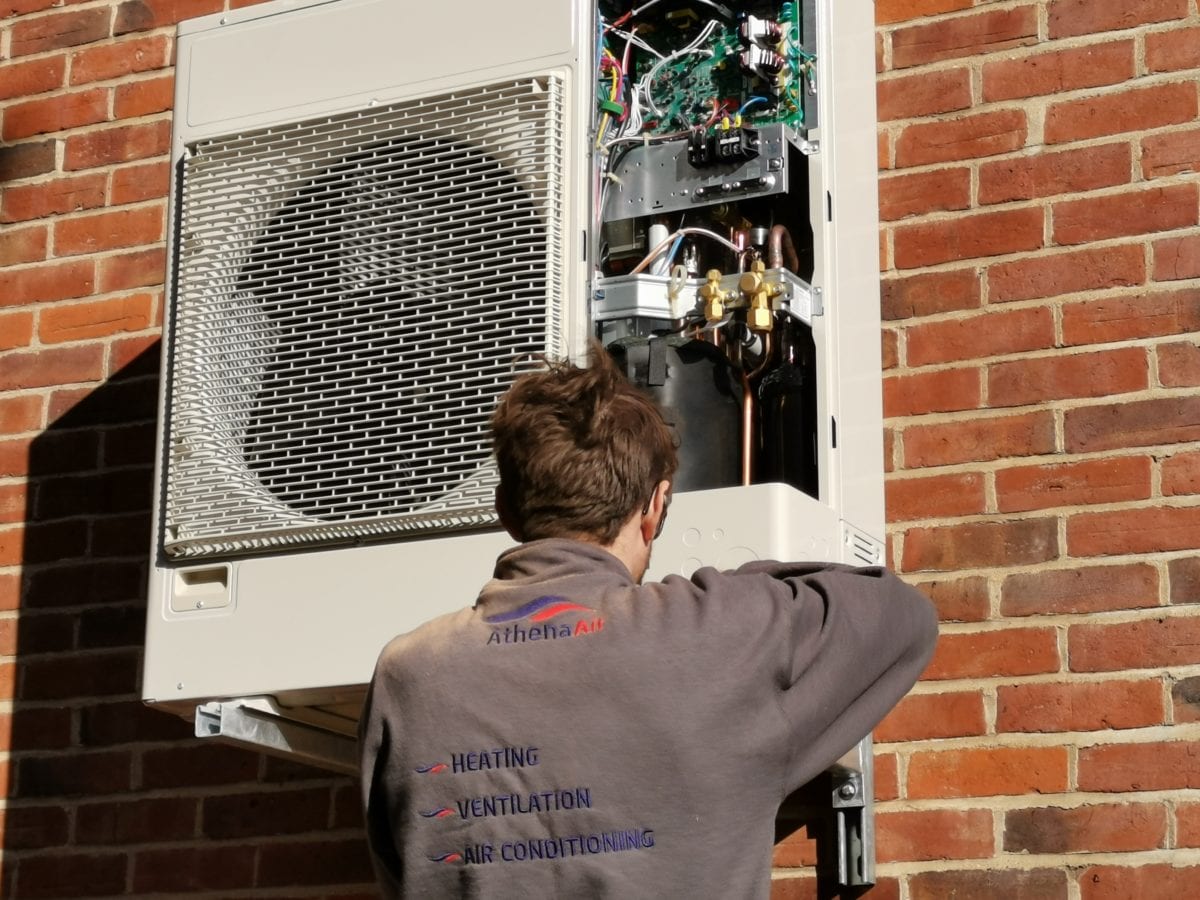
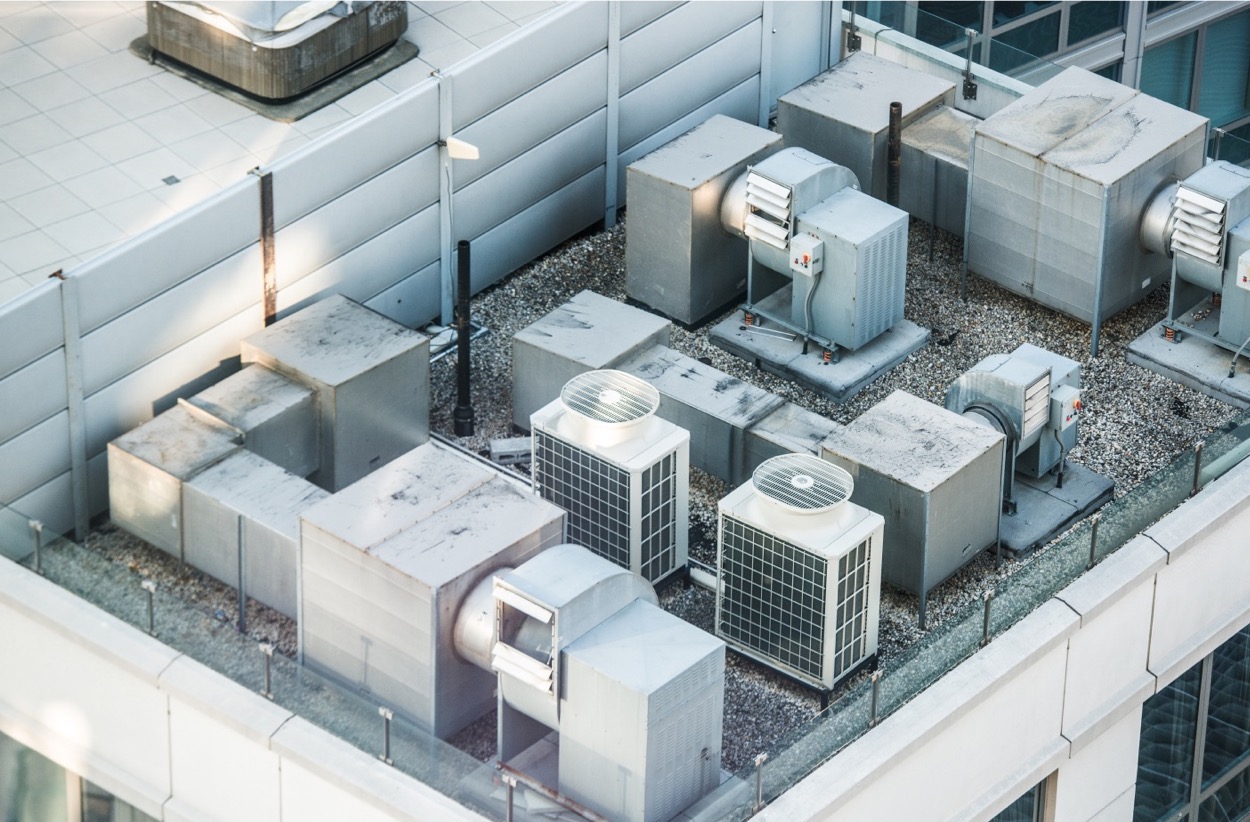
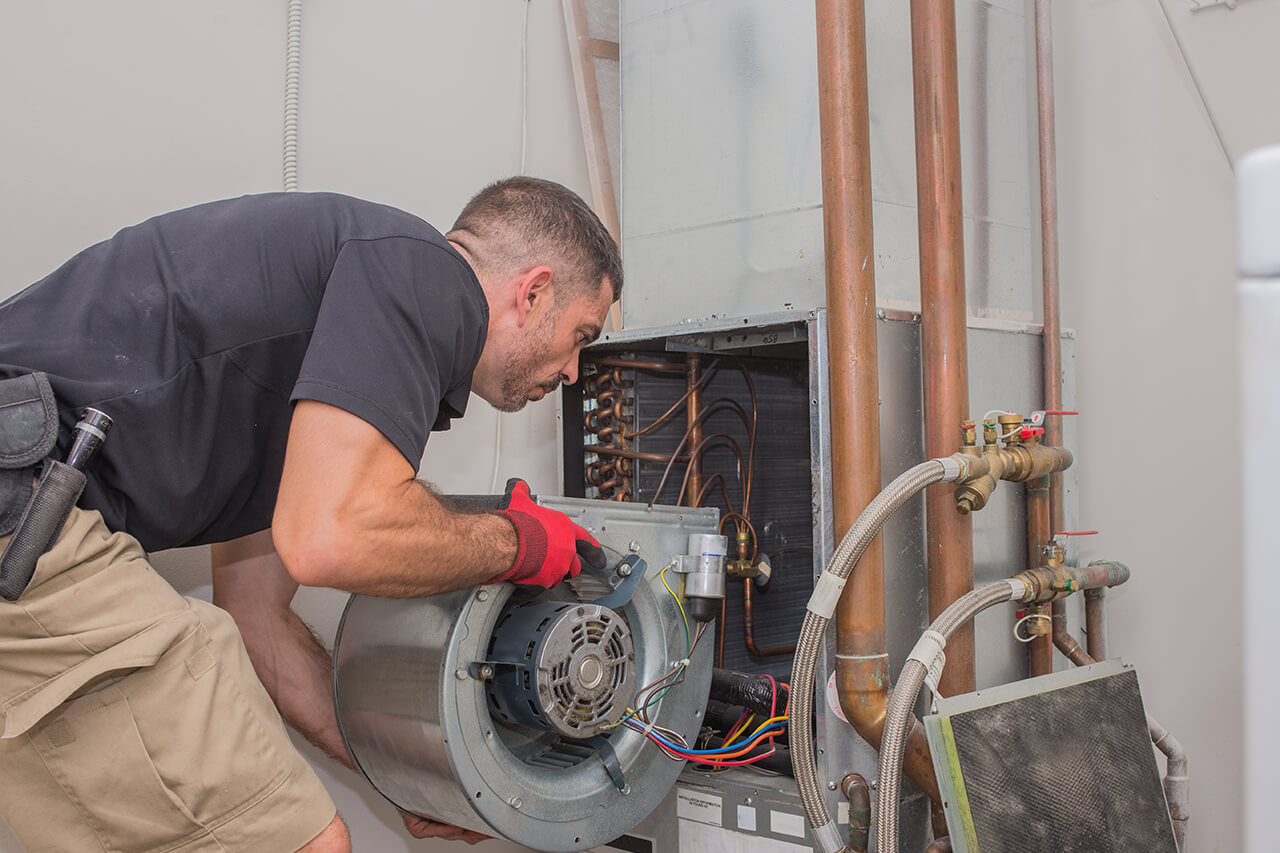
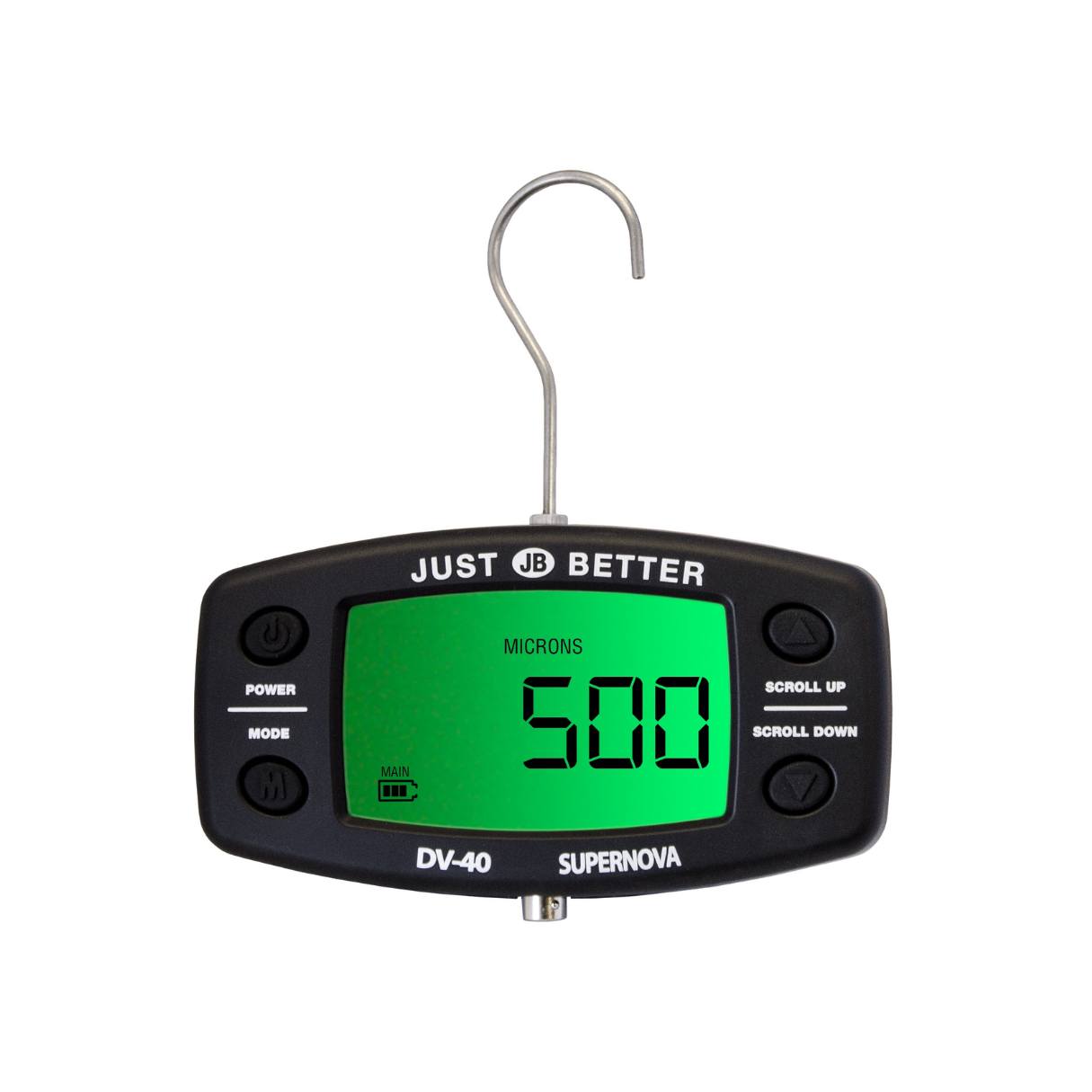
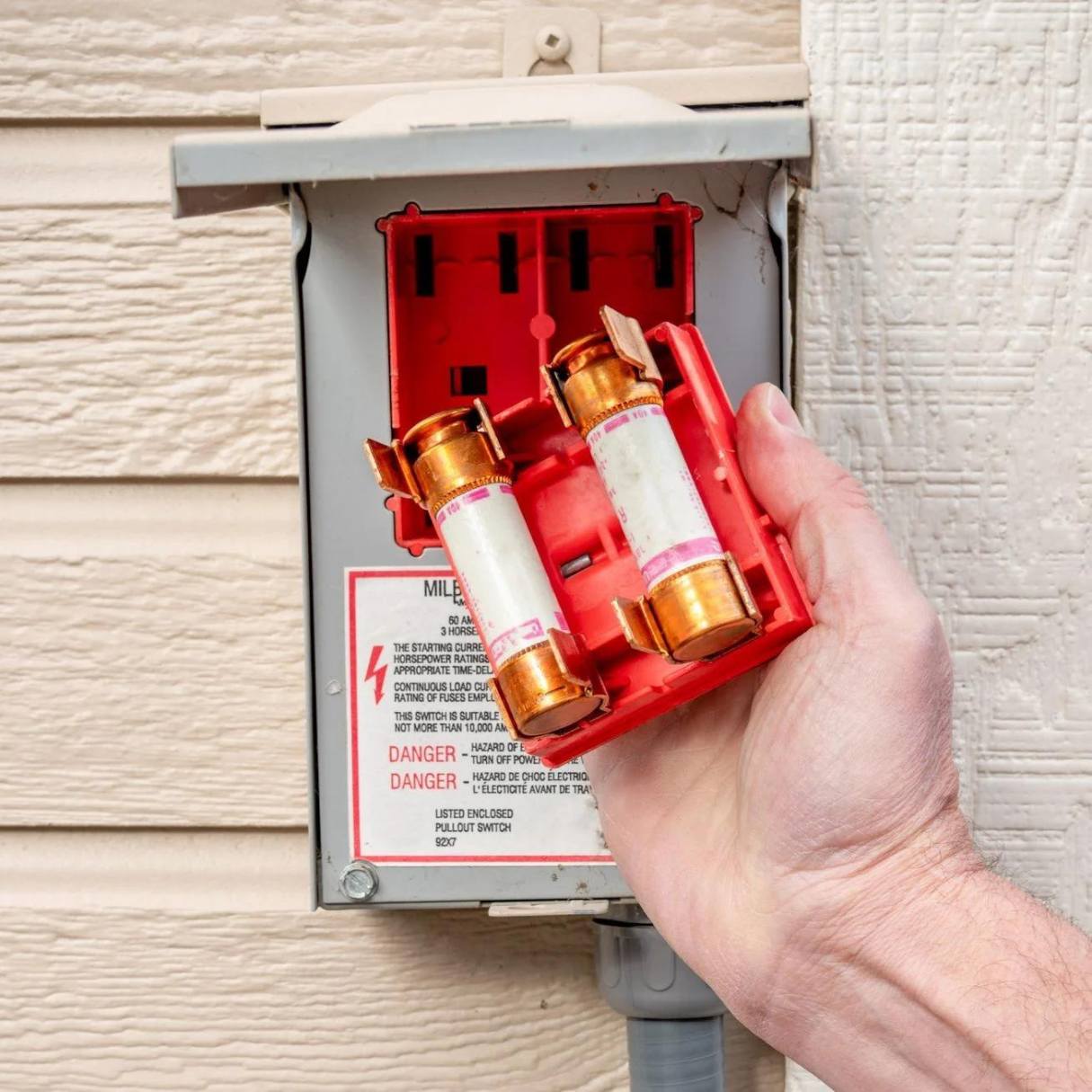
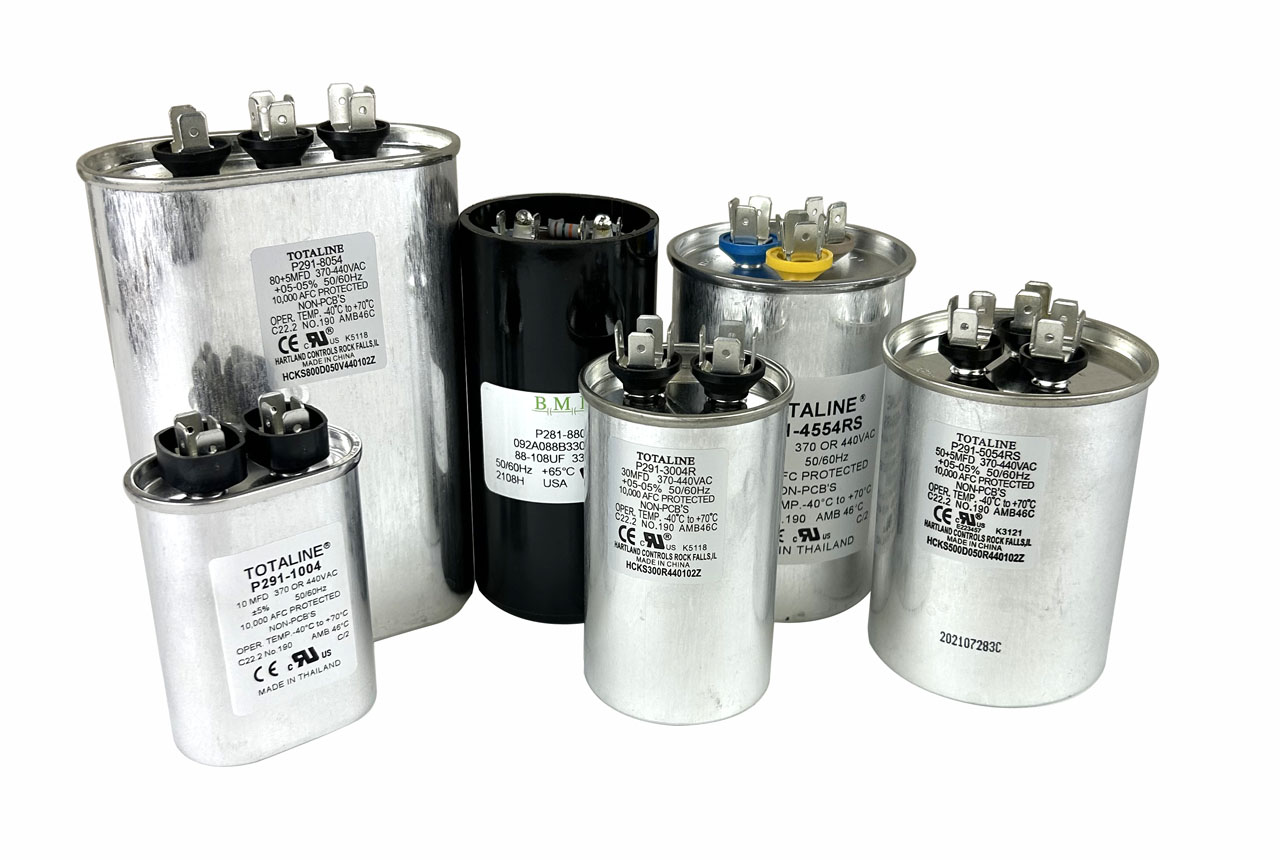
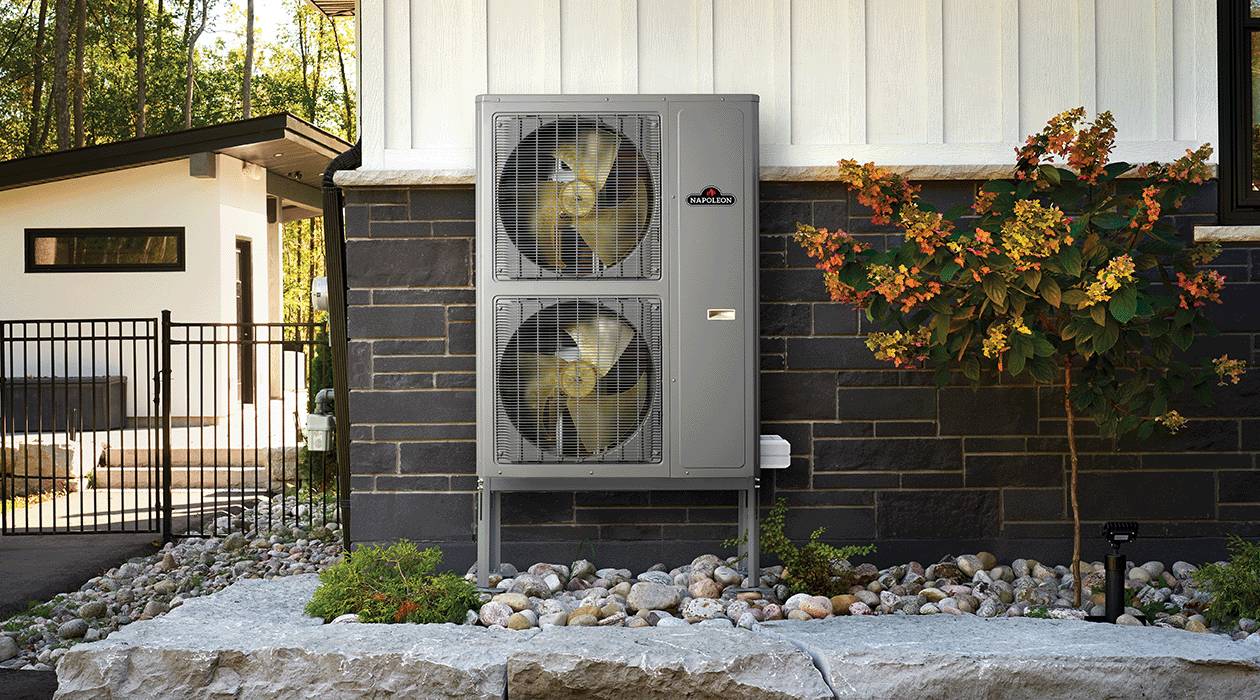

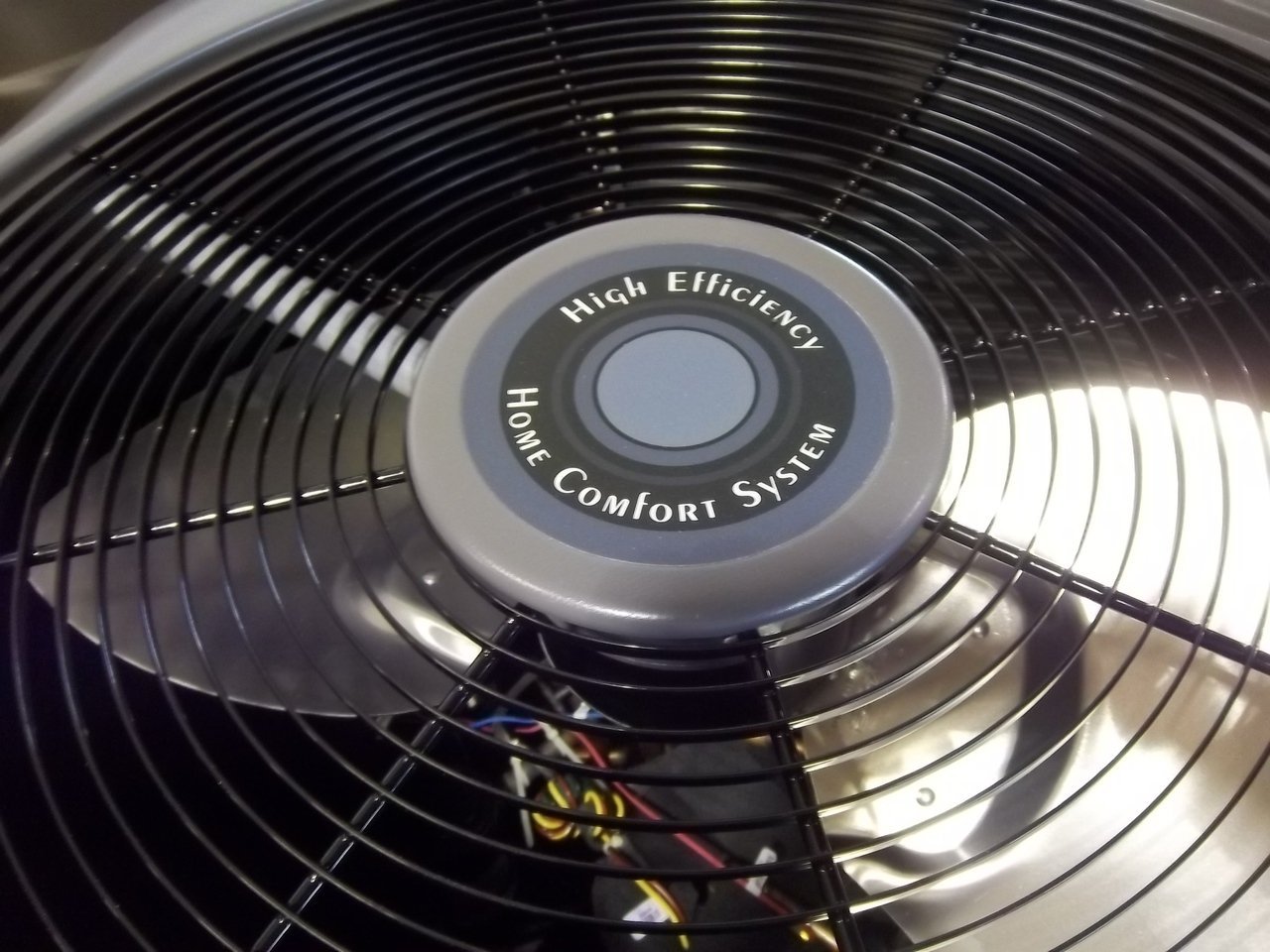

0 thoughts on “Clandestine Comfort Disguising HVAC Systems”